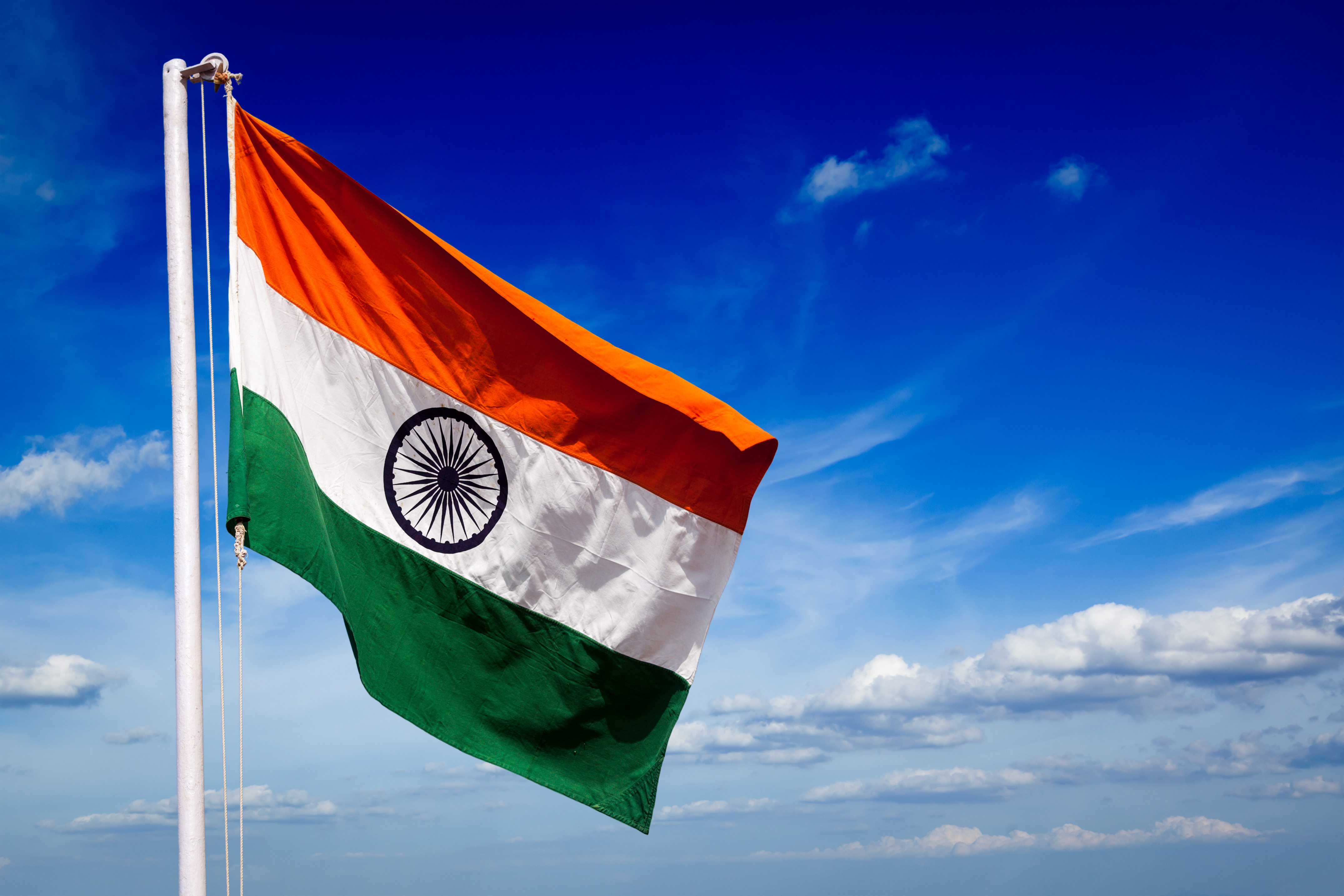[ad_1]
Last Updated: January 24, 2023, 09:25 IST

Senior Congress leader and Member of Parliament, Rajmohan Unnithan, who was present during the occasion, termed the incident as “unfortunate” and wanted the government to take action. (Image: Shutterstock)
Republic Day 2023: The saffron colour of the flag represents courage. The white portion represents peace and truth and the Ashok Chakra represents Dharma or moral law.
HAPPY REPUBLIC DAY 2023: India will be celebrating its 74th Republic Day this year on January 26. It was on this day when India’s Constitution came into force in 1950. The empowerment of Indian citizens to choose their own government is commemorated on this day. It is a national holiday that honours the Indian Constitution’s formation.
Do you know the significance of our national flag and how it has changed over the years? Here’s a look:
FIRST NATIONAL FLAG
The first national flag of India was designed in 1904 by Sister Nivedita. It was a red coloured flag with yellow stripes at the edges, a Vajra in the middle with the words Vande Mataram flanking both sides.
FIRST TRICOLOUR FLAG
On August 7, 1906, the first tricolour flag was hoisted at Parsee Bagan Square (Greer Park) in Kolkata. It had three horizontal bands of blue, yellow and red, with eight stars representing the eight provinces of India at the time and the words Vande Mataram inscribed in the yellow band. The bottom red stripe depicted the Sun and a crescent moon and star.
ALSO READ: Republic Day 2023: Why is January 26 Celebrated as R-Day? History and Significance
Madam Bhikaji Cama unfurled a similar flag at Stuttgart, Germany, on August 22, 1907.
FLAG WITH UNION JACK
In 1917, a third flag, with the Union Jack, five red and four horizontal bands, seven stars and a crescent moon with a star appeared. It was hoisted by Dr. Annie Besant and Lokmanya Tilak during the Home Rule movement.
SWARAJ FLAG
In 1921, freedom fighter Pingali Venkayya designed the Swaraj flag. The top band was white, the middle band green and the bottom band in red. A Charkha or spinning wheel was spread across the three sections and represented India’s independence from British rule.
ASHOK CHAKRA REPLACES CHARKHA
In 1931, the green band went to the top, the white band to the middle with the Charkha inside it and saffron replaced the red at the bottom. Dr. Rajendra Prasad replaced the Charkha with the Ashok Chakra after India’s independence.
THE PRESENT FLAG
The present flag was adopted by the Constituent Assembly on July 22, 1947, as the flag of the Dominion of India. When India became a Republic, the design was retained.
Significance
The saffron colour of the flag represents courage. The white portion represents peace and truth and the Ashok Chakra represents Dharma or moral law. The green band represents fertility, growth and auspiciousness.
Read all the Latest Lifestyle News here
[ad_2]
Source link




